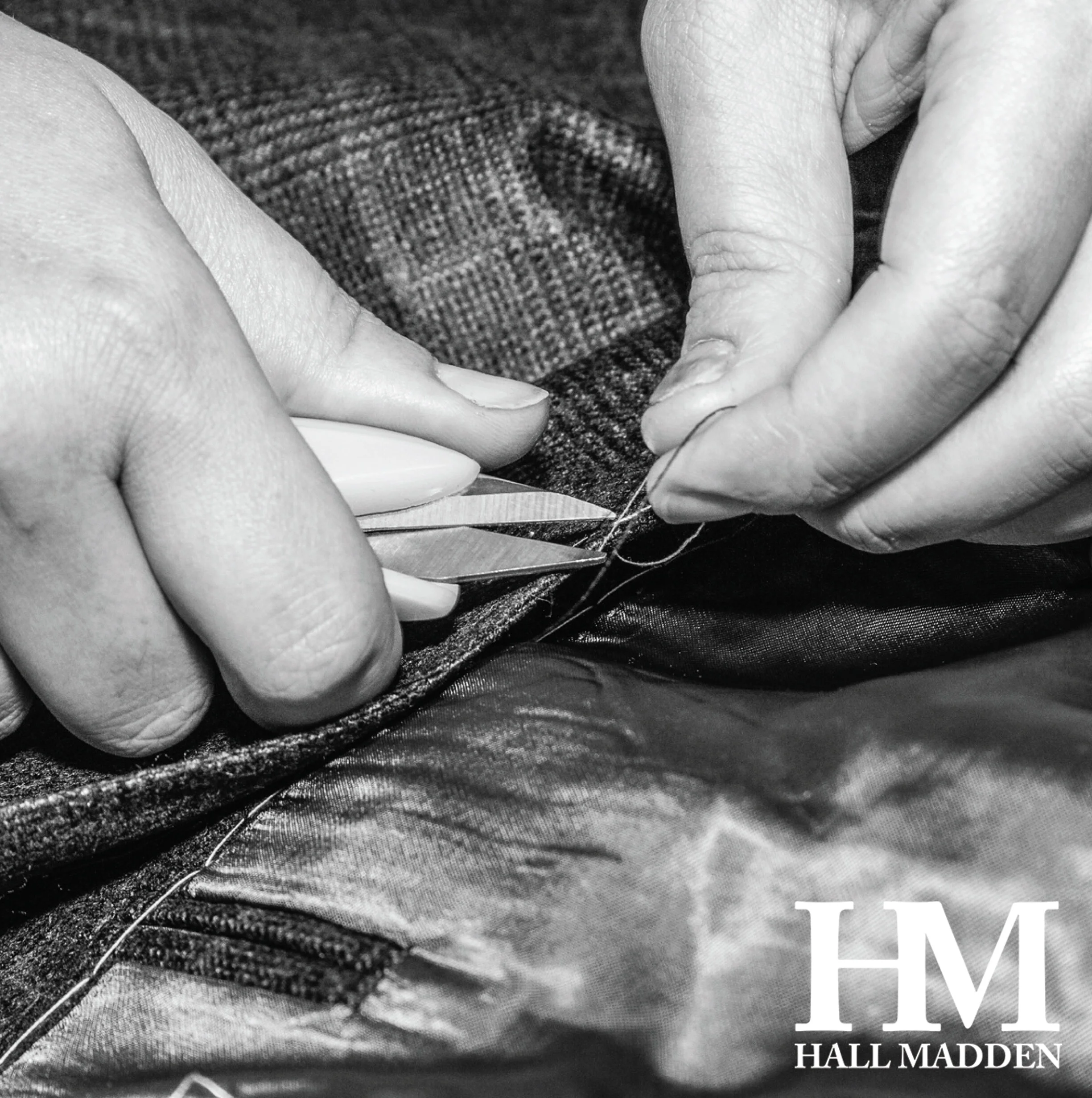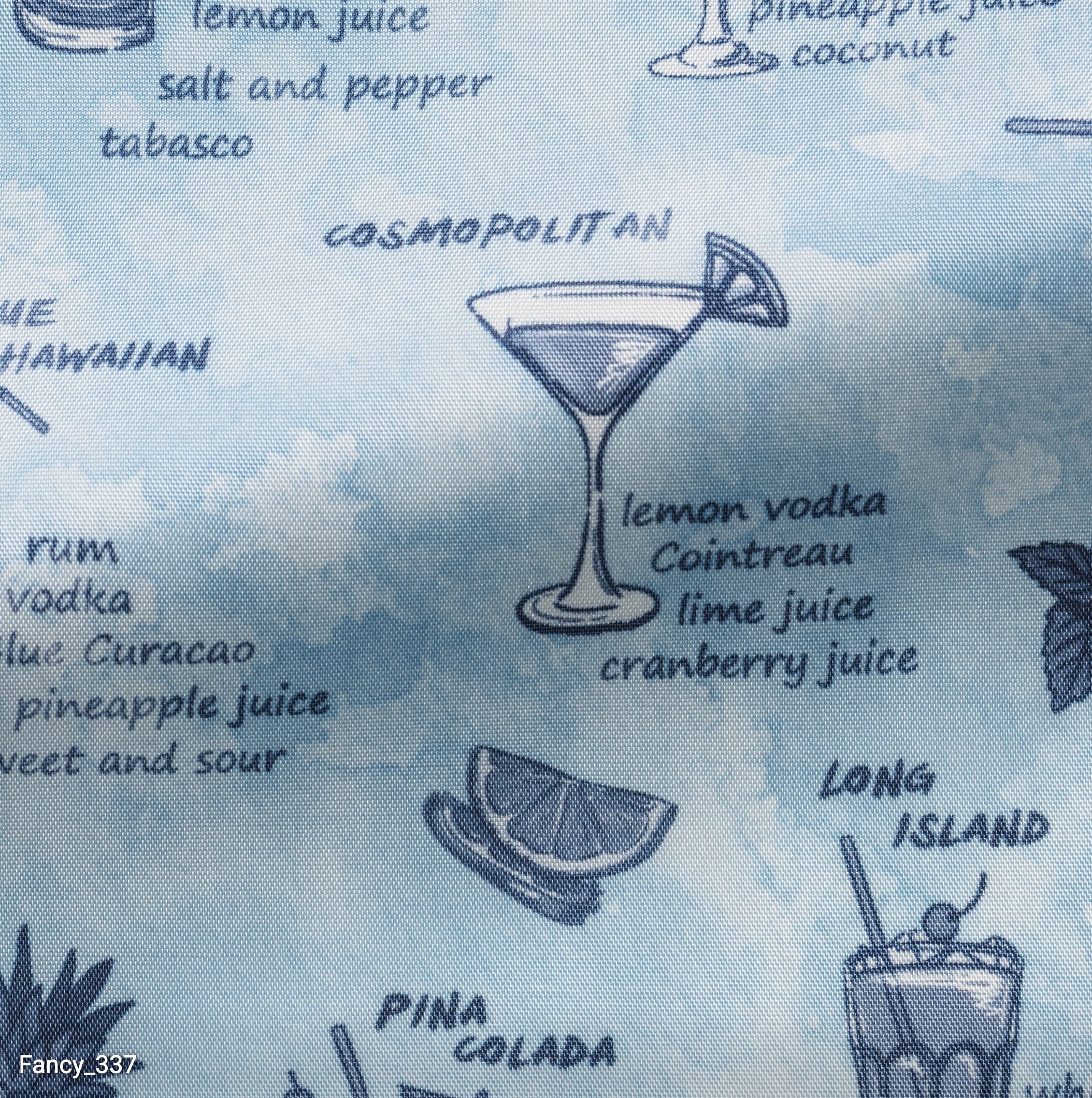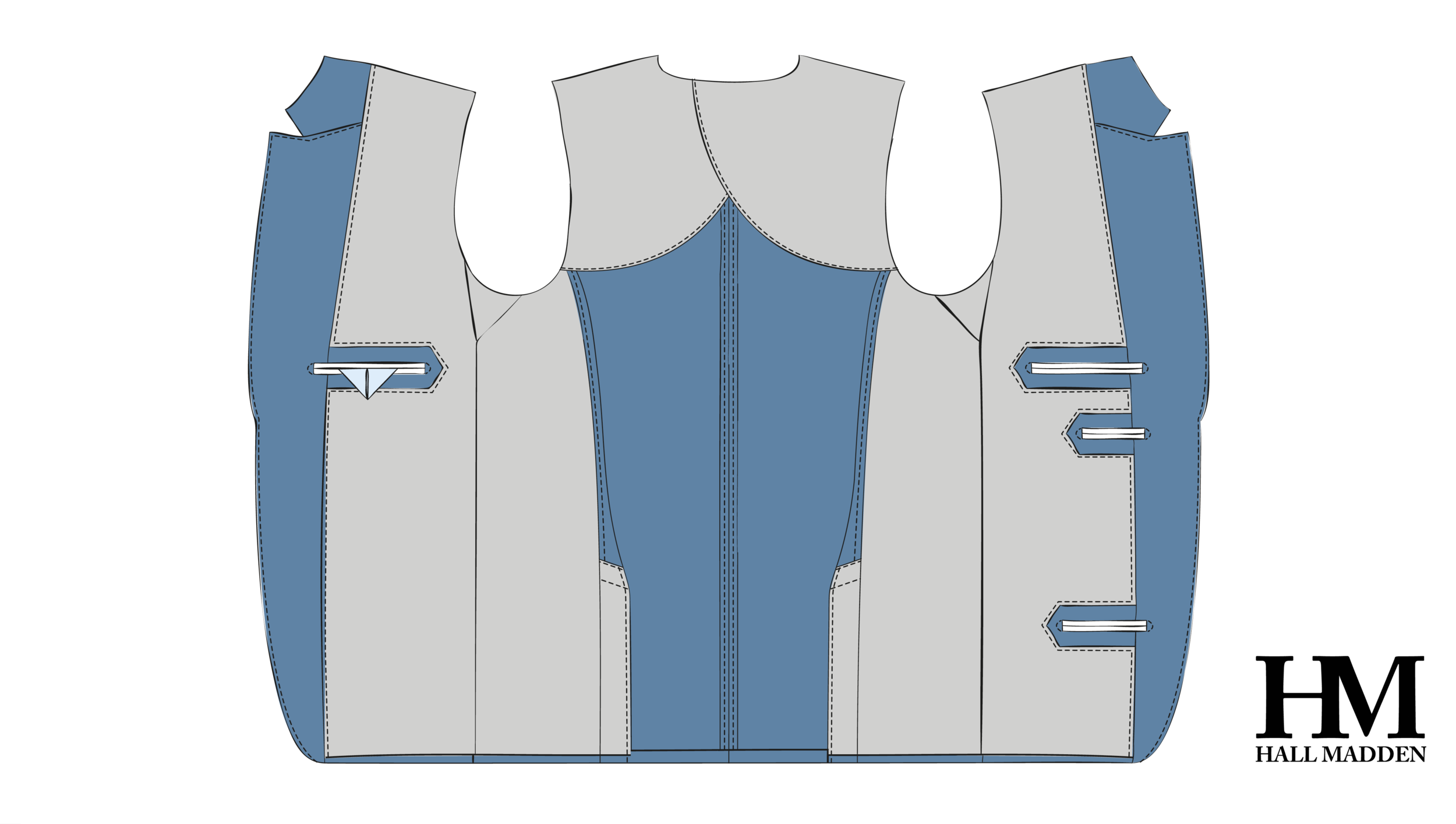
Jacket liner
Jacket lining is the inner layer of fabric in your suit. It makes the jacket easier to slide on, more comfortable to move in, and can add warmth as an extra layer. It also hides the internal seams and construction, and in made-to-measure suits it’s a way to personalize your jacket with colored linings or printed designs.
Latest news
Types of Jacket Lining
Fully Lined Jacket
A fully lined jacket is the most common style. The lining adds a layer between you and the fabric, which helps the jacket last longer, keeps you warmer, and makes it easier to put on and take off. It also covers the internal stitching for a cleaner, neater inside finish.
Pros
Slides on and off easily
Extends the jacket’s lifespan
Hides the inside construction
Cons
Can be warm in hot weather
Half-Lined Jacket
A half-lined jacket sits between fully lined and unlined. The front, sides, sleeves, and shoulders are lined, while the lower back is not. This keeps the jacket easy to slip on and durable, but more breathable thanks to the unlined back.
Pros
Slides on and off easily
Best of both worlds: structure + breathability
Cons
Extra surcharge
Unlined Jacket
An unlined jacket is lighter and more breathable, ideal for summer and warm climates. It takes more work to make because all the inside seams must be neatly finished without a full lining. Note: the sleeves and upper back/shoulder still have some lining for comfort.
Pros
Lightweight and cooler
Cons
Extra surcharge
Doesn’t slide on and off as easily (can catch at the waist or hips)
Choose your liner
A jacket’s lining is a simple way to show your personal style. Color, print, and fabric quality all matter, and each option has its pros and cons. Below are the four main lining types we offer and what makes them different.
Bemberg
Bemberg (also called cupro) is a Japanese-made lining fabric. It’s light, breathable, durable, and feels silky. It’s made from cotton that’s processed to give it these special properties. Because it’s plant-based, it wicks away sweat and humidity, doesn’t cling or build static, and is biodegradable and renewable.
Pros
Most breathable option
Silky look and feel
Anti-static and non-clingy
Good moisture control
Cons
Usually only available in solid colors
Patterned Linings
Our fancy linings are like our solid viscose linings, but printed with patterns for a more unique, personal jacket. The designs are applied using digital textile printing.
Pros
Unique designs and patterns
Fully custom look
Cons
Less breathable than non-printed linings - needs poly to retain many dyes
Solid Linings
Our solid linings are made from viscose (rayon), a manmade fiber from wood pulp (like eucalyptus, pine, bamboo, and beech). It has a silky feel, a rich look, nice drape, and is breathable. The name “solid” comes from the dye process, which gives the fabric one uniform color.
Pros
Silk-like look
Wrinkle resistant
Anti-static
Changeant Linings
Our changeant linings are a blend of viscose and acetate, both manmade fibers from natural materials. Viscose adds a silk-like feel, nice drape, and breathability. Acetate adds comfort, moisture absorption, and wrinkle resistance. Because each fiber takes dye differently, the fabric ends up with subtle color variation that creates a unique shiny, two-tone effect.
Pros
Unique shiny, two-tone effect
Wrinkle resistant











